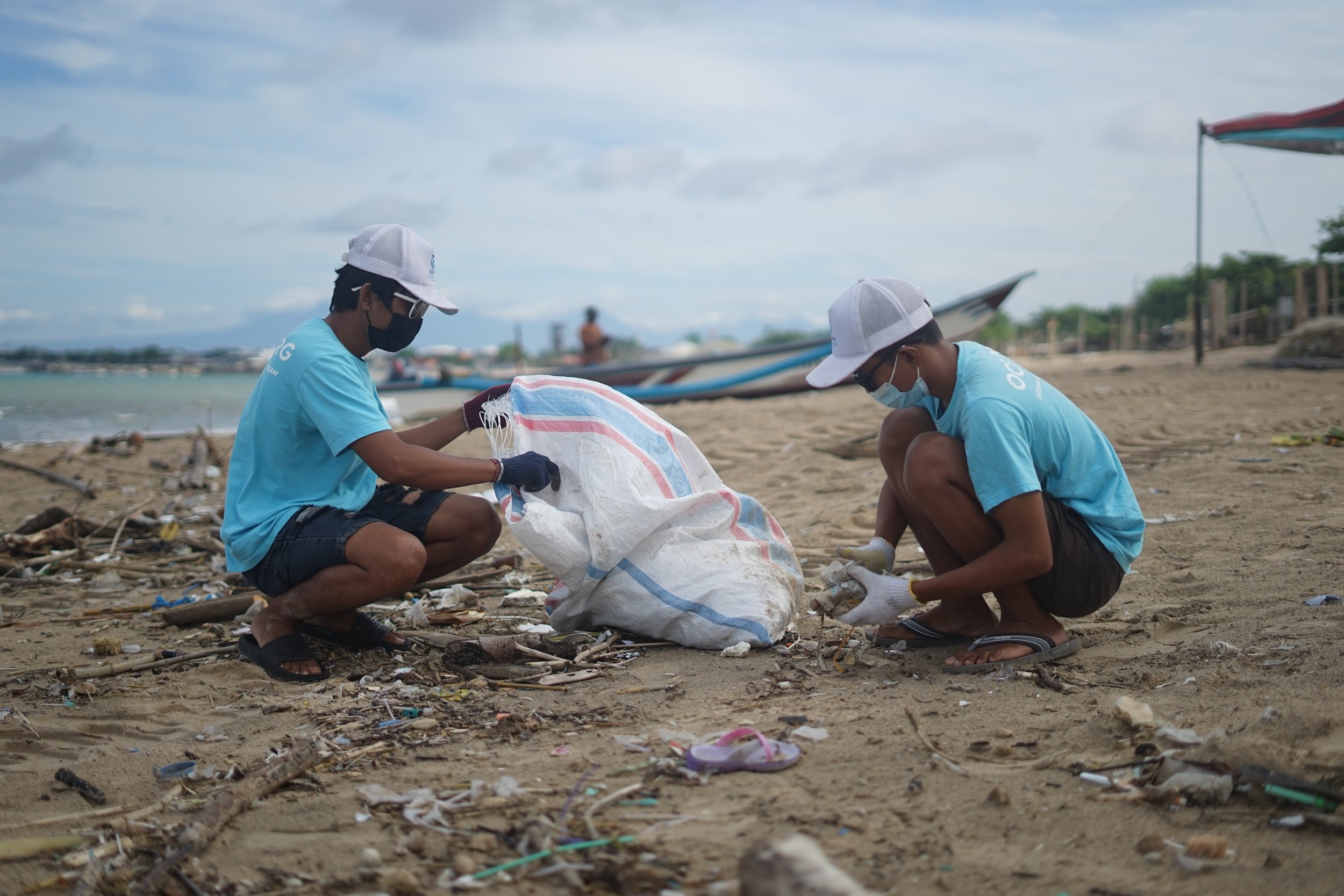
Environmental Justice
Environmental Justice (EJ) is the fair treatment and meaningful involvement of all people regardless of race, color, national origin, or income with respect to the development, implementation and enforcement of environmental laws, regulations and policies.
-
Reduction of greenhouse gas (GHG) emissions and local air pollutants8
Creation of community resilience plans that specifically include addressing needs of disadvantaged communities.
Increased technical assistance and community engagement of disadvantaged communities
Increased flood mitigation Benefits
Green stormwater infrastructure
Urban flood risk mapping addressing the distribution of socially vulnerable communities and risks
Increased urban heat island effect mitigation benefits
Increased acres of greenspace restored
Increased tree and vegetation cover and sustainable shade coverage
Increased access to and advancement of public health warnings (weather and preparedness messages) translated into multiple languages
-
Increased energy efficiency programs and resources
Deployment of clean energy, including renewable community energy projects
Establishment of community microgrids
Reduction of energy burden (e.g. the share of household income spent on home energy costs)
-
Improvement in public transportation accessibility, reliability, and options
Reduction of exposure to harmful transportation-related emissions
Access to clean, high-frequency transportation
Access to affordable electric vehicles, charging stations, and purchase programs
Increased bicycle and walking paths
-
Availability and access to affordable green housing
Reduction in displacement
Improved indoor air quality
Improved housing quality and safety and enhanced public health
Reduction in abandoned or vacant homes
Reduced housing cost burden
-
Increased participation in clean energy good job training and subsequent good job placement/hiring, including providing the free and fair chance to join a union and collectively bargain.
Increased participation in good job training programs that target participation from disadvantaged communities, including formerly incarcerated individuals and youth transitioning out of foster care.
Increased climate-smart training, including training to identify waste, efficiencies, and GHG inventories.
Increased percentage of good job training programs within energy communities, such as those that include paid employment and that measure and report participant outcomes.
-
Reduction of criteria air pollutant and toxic air pollutant exposure.
Reduction in farmworker exposure to pesticides
Brownfield redevelopment
Remediation of Superfund sites
Community engagement training; capacity support for reduction strategies
Reclamation of abandoned mine lands and capping of orphan oil and gas wells.
-
-Replacement of lead service lines
-Increased access to safe drinking water and sanitary sewer services
-Reduction in waterborne and respiratory illnesses
-Reduction in the quantity of raw sewage discharged
-Increase in the number of community water systems that meet applicable health-based standards


